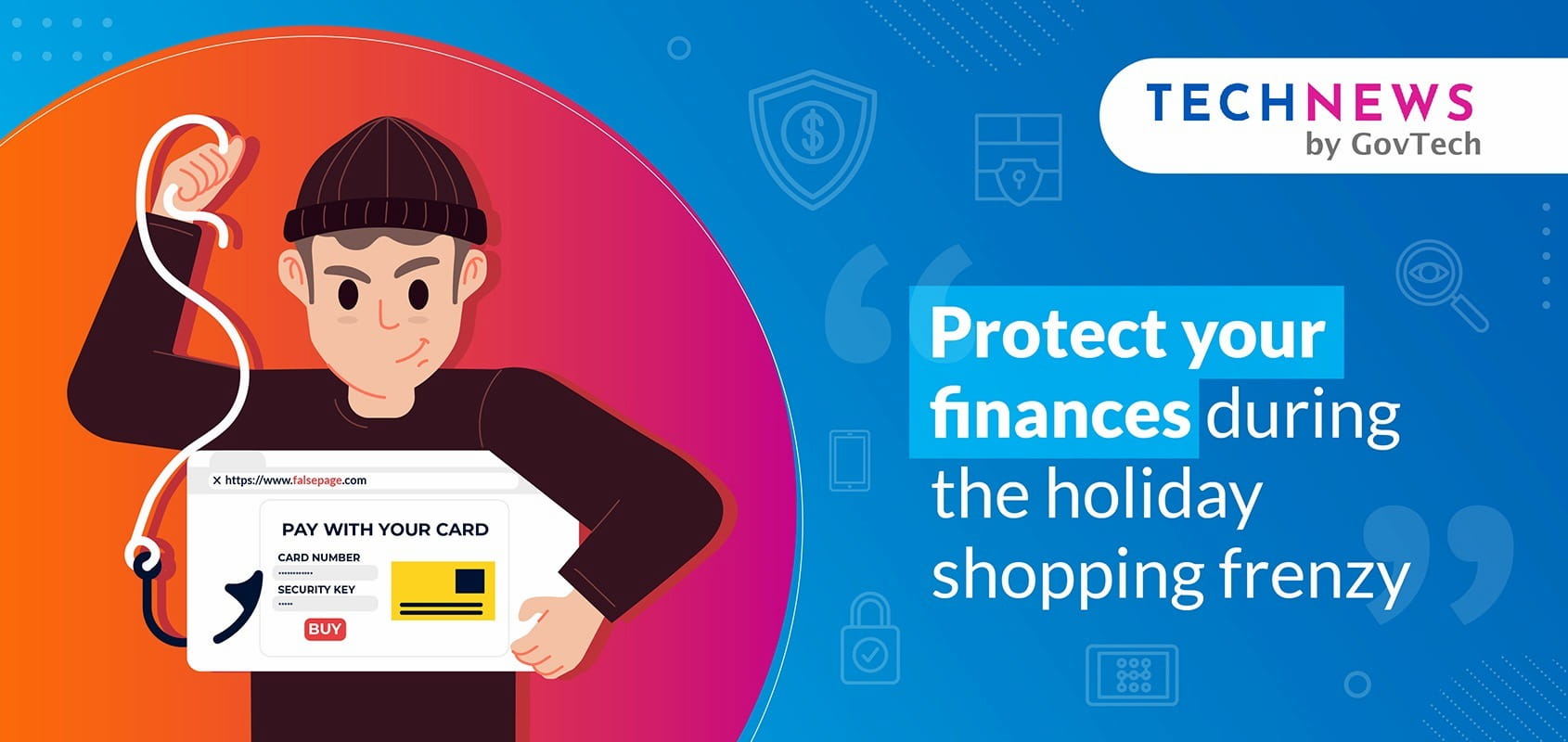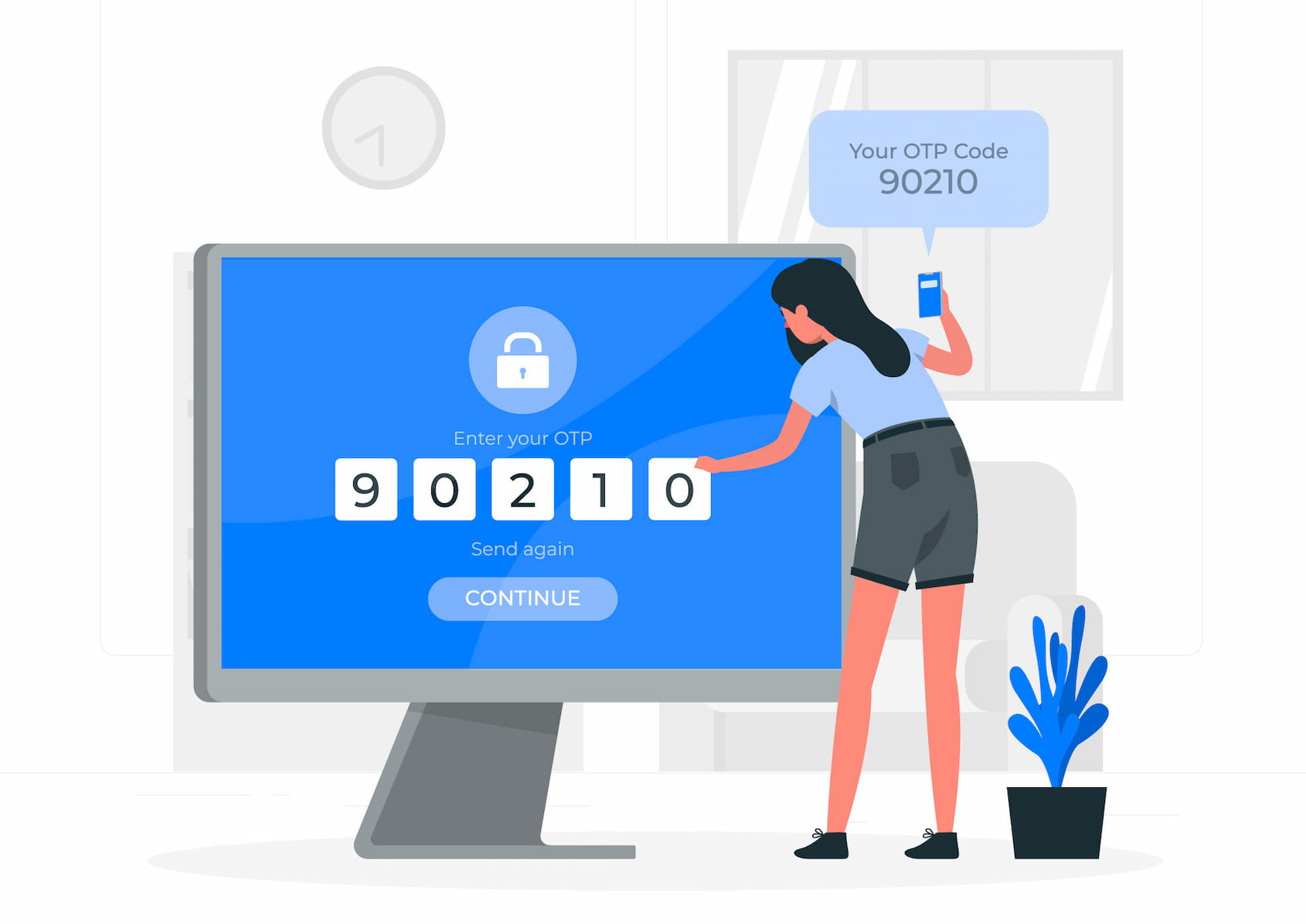Tips for safe online shopping

There are just so many reasons to shop till you drop in the final months of the year. Massive sales are held by retailers. You have to stock up on presents for holiday gift exchanges. And surely you deserve a little reward – handily paid for by the year-end bonus – for making it through another 12 months.
And of course, it’s now easier to go on shopping sprees than ever as discount events are increasingly happening online. But before you go click-click-clicking (or, with the rise of mobile devices, tap-tap-tapping), bear in mind that the heightened online shopping activity also means more opportunities for cybercriminals to prey on unsuspecting victims.
Pay attention to these tips to ensure a safe online shopping experience, so that you don’t get more than you bargained for!
Stick to recognised retailers and trusted sellers
One inescapable aspect of online shopping is that you can’t be entirely sure what you bought until it’s delivered to you. To prevent nasty surprises, buy from the official portals of brands.
If you prefer shopping on e-commerce platforms that carry a variety of goods, choose reputable ones that have tie-ups with major merchants. These platforms usually offer official microsites of brands so that you are assured of getting the real deal.
This is not to say that smaller, lesser-known retailers cannot be trusted. It simply means that more time needs to be spent on thoroughly reading product and store reviews, as well as checking the number of times the item has been bought.
Doing your deal diligence greatly increases your chances that when it comes to your online shopping, what you see (in the form of photos and videos) is what you get (when your purchase is delivered).
Watch out for unusual payment processes
Paying for your online purchases usually involves a standard process of keying in your credit card details on a secured channel. Scammers try to circumvent this by directing you away to portals that they control. For example, such sellers may send you links claiming that you need to click on them and perform extra steps to complete your purchase. You are then directed to a bogus payment site that will capture your card details for nefarious uses.
Clicking on such links can even cause malware to be downloaded to your phone. If you see an unrecognised app appearing on your device, do not ignore it! It is likely to be malware. One victim lost more than $40,000 of his CPF savings after he tried to buy seafood online and ended up getting malware on his phone in the form of an app.
If you suspect that your device has been infected by malware, turn on flight mode immediately to prevent scammers from accessing your information and accounts. Perform anti-virus and anti-malware scans, and do a factory reset for good measure.
Never tell anyone your OTP

OTPs, or one-time passwords, are an important form of two-factor authentication used for logins and payments to ensure that it’s really you who’s performing the action, instead of someone who’s gotten hold of your username and password or payment details.
So alarm bells should go off if anyone asks for your OTP. Authentic sellers and customer service officers know better than to ask for it, so if they do, it’s a dead giveaway that they are malicious actors, no matter how professional or helpful they sound.
Update your apps and device’s operating system

Cybercriminals are always probing for security vulnerabilities in our devices and the apps that are installed on them.
Fortunately, phone manufacturers and app developers alike periodically release new versions of their software to plug such gaps. However, these updates are useless if they are not downloaded and installed by you, the user.
This is one of the easiest steps you can take to improve your digital security, so be sure to keep up with your updates and not let those notifications of new releases be neglected.
Choose the credit card over the debit card
Debit and credit cards function in much the same way except for one crucial difference: funds are immediately deducted from your account when debit cards are used, whereas transactions for credit cards are not due right away.
This gives banks precious time to investigate possible fraudulent transactions and reverse the charges if needed.
Keep calm and carry on
Ultimately, scams prey on a basic emotion – fear. Whether it’s the fear of missing out on a good deal or the fear that you won’t receive your shopping, scammers want to keep you in a heightened state of anxiety.
So if you feel a welling up of emotion while online shopping, take a step back and ask yourself: Is there anything strange about the situation? Am I being made to feel a false sense of urgency so that I throw caution to the wind? Am I letting my guard down because I just have to grab that awesome deal? Remember, anyone can be a scam victim, even the internet savvy.
If you sense any of these feelings, keep calm and remind yourself – there are so many online sales nowadays that even if you miss out on this one, the next one’s just around the corner. Happy shopping!


